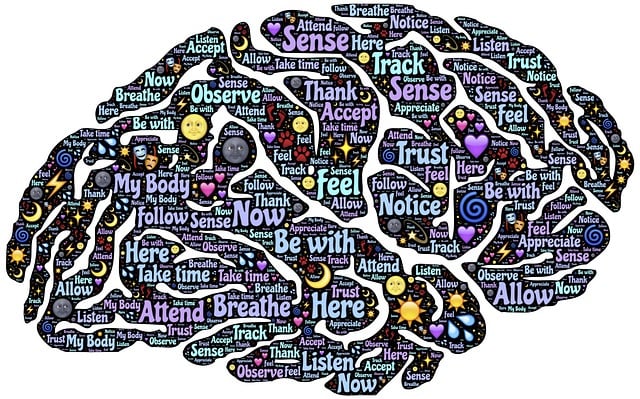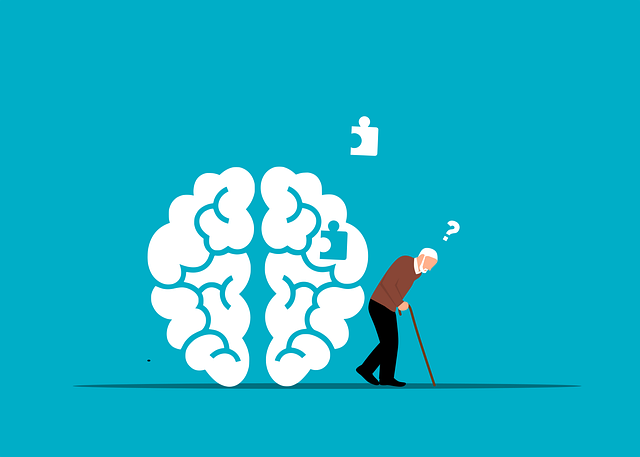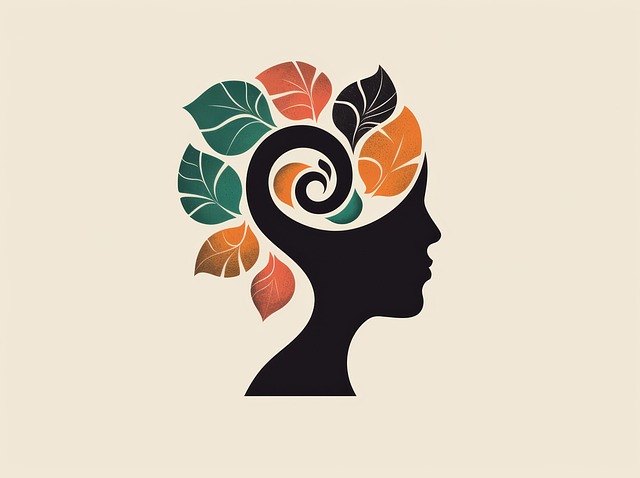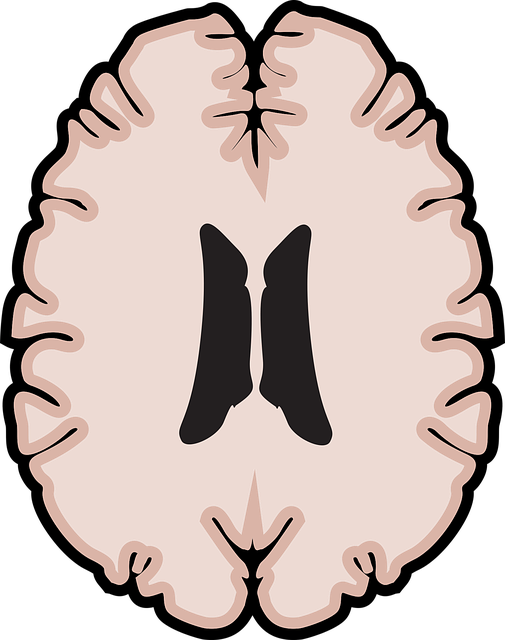The media's portrayal of elders' mental health is crucial in fostering understanding or perpetuating stigma. Accurate and empathetic depictions can encourage early intervention and reduce barriers to therapy, especially through integrating American Sign Language (ASL), breaking communication obstacles and providing support for Deaf or hard-of-hearing seniors. Combining ASL with therapy sessions creates an inclusive environment that enhances understanding, aids conflict resolution, encourages non-verbal expression, and improves mental health outcomes. Content creators should prioritize sensitivity and accuracy in media portrayals of elderly mental health issues, featuring diverse coping strategies including ASL, to destigmatize mental illness among seniors.
Mental illness representation in media significantly influences public perception, especially among elders. This article delves into the impact of media portrayal on mental health awareness within this demographic and explores innovative solutions. We focus on integrating therapy with American Sign Language (ASL) as a powerful communication tool. Additionally, we present strategies to enhance positive representation of mental illness in media specifically tailored for elderly audiences, fostering understanding and support.
- Understanding the Impact of Media Portrayal on Mental Health Awareness Among Elders
- Integrating Therapy and American Sign Language (ASL) for Effective Communication
- Strategies to Enhance Positive Representation of Mental Illness in Media for Elderly Audiences
Understanding the Impact of Media Portrayal on Mental Health Awareness Among Elders

The media plays a significant role in shaping public perception, especially regarding mental health issues among elders. Accurate and empathetic representation can significantly impact awareness and reduce stigma, while negative or stereotyped portrayals can exacerbate existing challenges. Elders often face unique barriers when accessing mental health services, and media can either be an ally or an obstacle in their journey towards therapy. For instance, the portrayal of elderly individuals as stoic or silent can deter viewers from recognizing signs of distress, hindering their willingness to seek help.
Incorporating Communication Strategies such as American Sign Language (ASL) in media narratives can prove transformative for this demographic. ASL has been increasingly recognized as a powerful tool for mental wellness coaching programs and development. By featuring characters who use ASL or providing subtitled conversations, media can open doors to understanding and support for elders facing mental health challenges. Encouraging open dialogue through these means might motivate viewers to seek guidance, whether it be through traditional therapy or innovative practices like journaling exercises guided by mental wellness coaches.
Integrating Therapy and American Sign Language (ASL) for Effective Communication

Integrating therapy with American Sign Language (ASL) offers a powerful solution for effective communication and emotional well-being promotion among elders in mental health care. Many elderly individuals, particularly those within the Deaf or hard-of-hearing community, face unique challenges when accessing traditional therapeutic services. By incorporating ASL into therapy sessions, healthcare professionals can create an inclusive environment that enhances understanding and promotes self-awareness exercises. This approach not only facilitates open dialogue but also aids in conflict resolution techniques, allowing for a more holistic treatment experience.
The use of ASL as a therapeutic tool enables elders to express their thoughts and feelings more freely, fostering a sense of comfort and security. Additionally, it encourages non-verbal forms of communication, which can be particularly beneficial for those who find it challenging to articulate emotions verbally. This methodical integration of therapy and ASL contributes to improved mental health outcomes, enhances the therapeutic process, and ensures that emotional well-being promotion techniques are accessible to a broader range of elders.
Strategies to Enhance Positive Representation of Mental Illness in Media for Elderly Audiences

To enhance positive representation of mental illness in media for elderly audiences, content creators should prioritize authenticity and sensitivity. This involves featuring older characters grappling with mental health challenges, but showcasing their journeys towards recovery alongside coping strategies tailored to their experiences, such as therapy sessions or the use of American Sign Language (ASL). By integrating Mind Over Matter principles through engaging narratives, these portrayals can destigmatize mental illness among seniors and inspire hope for effective management.
Community outreach programs play a pivotal role in addressing this challenge. Collaborating with healthcare providers to develop initiatives that focus on early intervention and support can help ensure the media content aligns with evidence-based burnout prevention strategies. Leveraging ASL, for instance, not only promotes inclusivity but also recognizes its effectiveness in mental health communication, catering specifically to hard-of-hearing seniors who may face additional barriers in accessing services.
Mental illness representation in media plays a pivotal role in shaping public perception, particularly among elderly audiences. By understanding the impact of media portrayal and implementing strategies like integrating therapy and American Sign Language (ASL), we can significantly enhance mental health awareness and foster more inclusive communities. These efforts are crucial for promoting positive attitudes towards mental wellness among elders, ensuring they receive the support and care they need. Through these initiatives, we can challenge negative stereotypes and create a more supportive environment for those facing mental health challenges.










